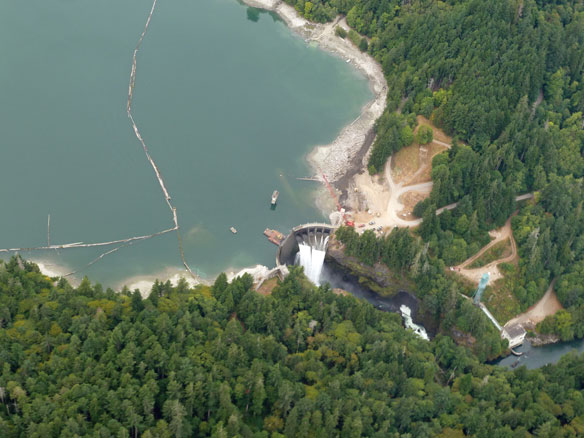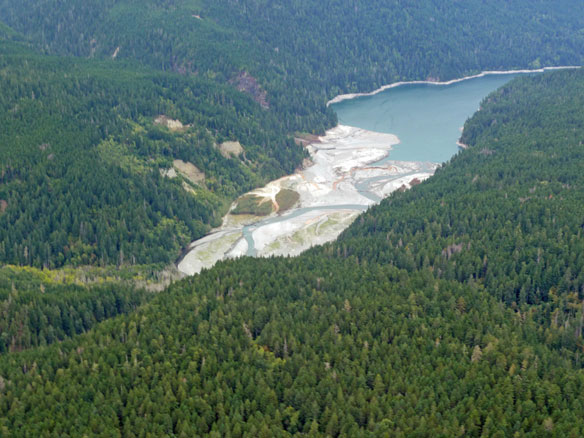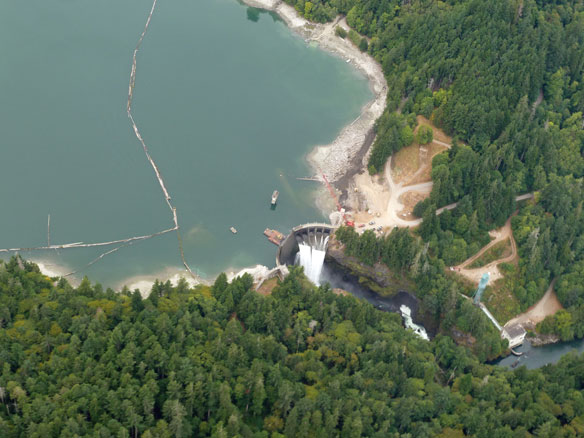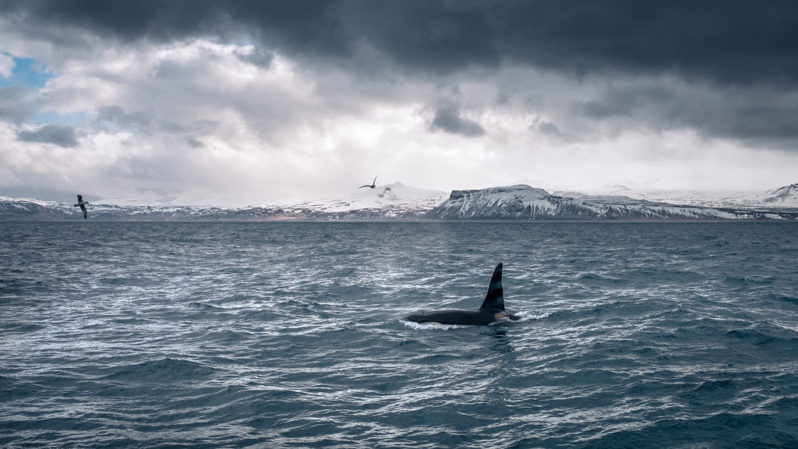Turkey’s Dam-Building Spree Continues, At Steep Ecological Cost

Nearly 90 miles of the historic Tigris River will soon be turned into a vast reservoir as Turkey completes the massive Ilisu Dam. While the government touts the project as a source of carbon-free electricity, it will displace 80,000 people and threaten a host of species.
Sweetwater Authority eyes sand mining, material dredging opportunities, CA

The board of the Sweetwater Authority is interested in sand mining and material dredging opportunities in and around the South Bay water agency’s two reservoirs.
Seldom Seen: A Poignant Look Back at Glen Canyon Before the Dam

Ken Sleight remembers the stunning beauty of Glen Canyon before it was flooded by a massive dam in the 1960s. Taylor Graham’s film “Seldom Seen Sleight” – winner of the Yale Environment 360 Video Contest – shows the magnificent landscape lost and offers hope it might someday be restored.
In an era of extreme weather, concerns grow over dam safety

Many of the United States’ 91,000 dams are aging and sorely in need of repairs that could collectively cost tens of billions of dollars. Experts are increasingly worried that as extreme precipitation events increase, dams are at greater risk of failure, threatening lives and posing environmental risks.
After a Long Boom, an Uncertain Future for Big Dam Projects

The rise of wind and solar power, coupled with the increasing social, environmental and financial costs of hydropower projects, could spell the end of an era of big dams. But even anti-dam activists say it’s too early to declare the demise of large-scale hydro.
Unintended consequences of dams and reservoirs

An international team of drought scientists show that while many dams and reservoirs are built, or expanded, to alleviate droughts and water shortages, they can paradoxically contribute to making them worse.
Hydropower, innovations and avoiding international dam shame

The benefits of energy from dams no longer outweigh the social and environmental costs that damming up rivers brings about.
Elwha River Still Changing Five Years After World’s Largest Dam-Removal Project: More than 20 million tons of sediment flushed to the sea

Starting in 2011, the National Park Service removed two obsolete dams from the Elwha River in Olympic National Park, Washington. It was the world’s largest dam-removal project. Over the next five years, water carrying newly freed rocks, sand, silt and old tree trunks reshaped more than 13 miles of river and built a larger delta into the Pacific Ocean.
A mourning orca mother carried her dead baby for days through the ocean

A grieving mother orca near Vancouver Island has been carrying her dead calf for four days, after refusing to leave her baby behind when the rest of her pod left. The sad display speaks to something deeper. Killer whales eat salmon, and a number of human practices, such as damming rivers, have taken a toll on native salmon populations.
